|
Welcome to my Blog As we behold, we actively transform the image.
|
Website User Guide:
Each chapter in Homing In is supported by a blog that offers supplemental articles, film documentaries, as well as important links and insights that support the reader’s transformational process. These story strands are part of a holistic teaching story or mandala. Each blog further develops the themes presented in the book.The blog is an online learning course in the Social Sciences that informs, guides, and connects readers to important concepts as they embark on their transformational journey.
Each chapter in Homing In is supported by a blog that offers supplemental articles, film documentaries, as well as important links and insights that support the reader’s transformational process. These story strands are part of a holistic teaching story or mandala. Each blog further develops the themes presented in the book.The blog is an online learning course in the Social Sciences that informs, guides, and connects readers to important concepts as they embark on their transformational journey.
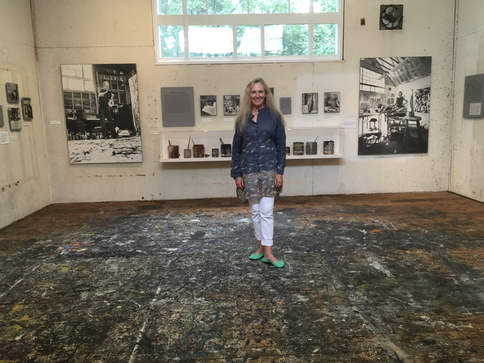
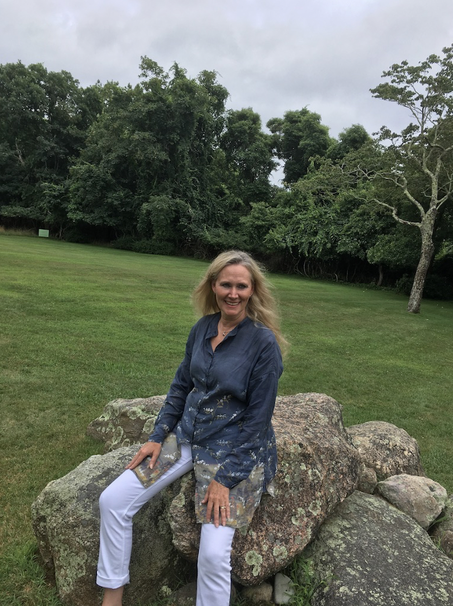
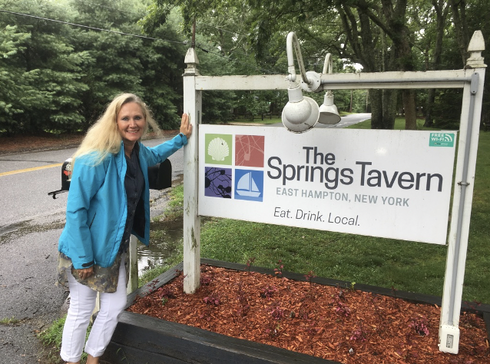
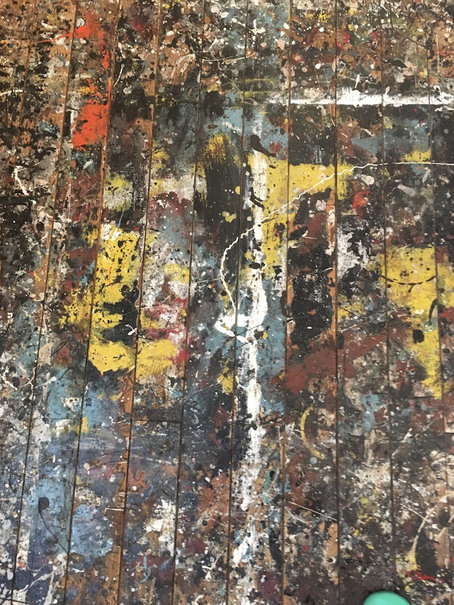
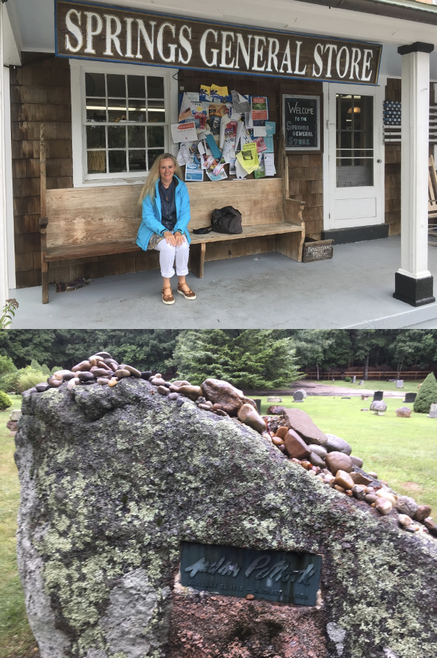
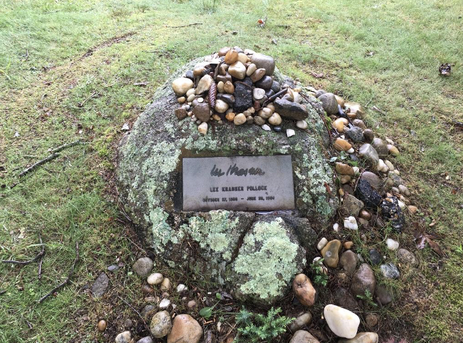
 RSS Feed
RSS Feed